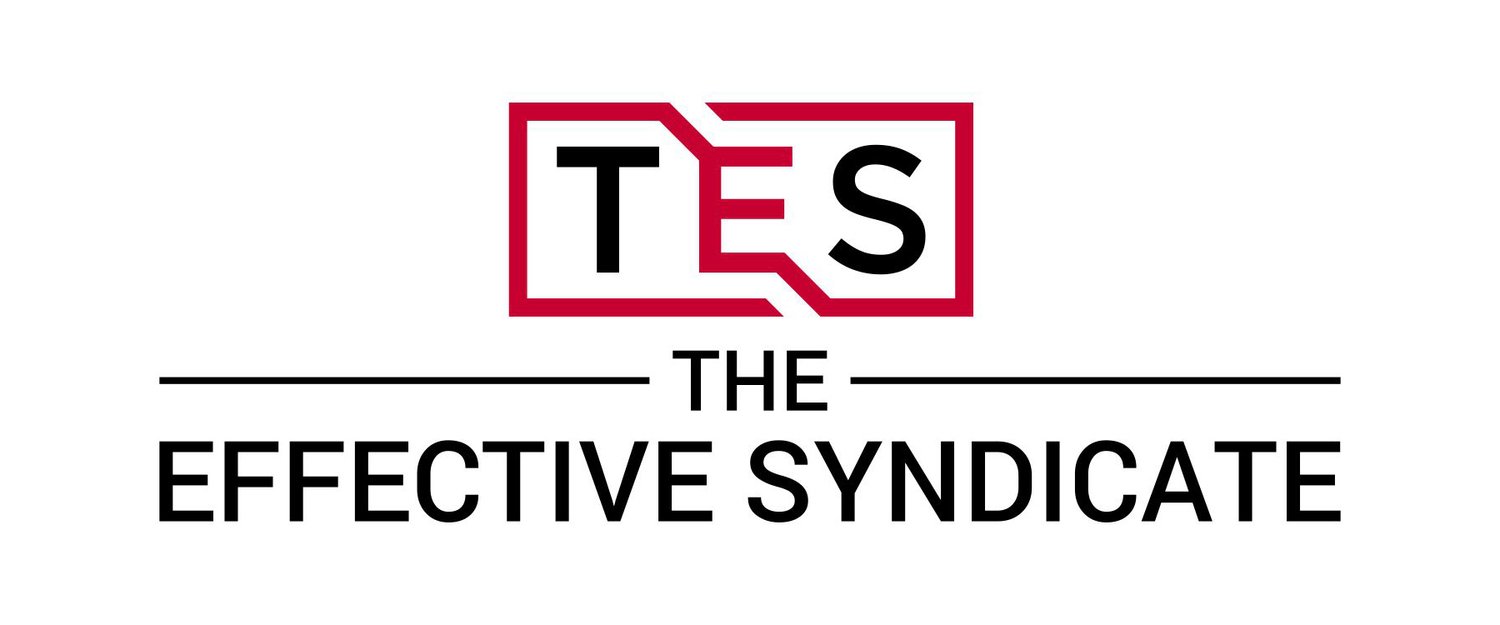Continuous Improvement Stats You Need to Know
Gallup’s most recent State of the Global Workplace report indicated the following:
1) 85% of employees are not engaged or are actively disengaged
2) As a result of this, approximately $7 trillion of productivity is lost every year
You have probably heard these stats, and you are probably asking yourself what they have to do with "Continuous Improvement". The unfortunate truth is that all too often organizations associate Lean with the tools that it provides, not the cultural aspects that should accompany, if not precede, implementation of tools. They go hand in and.
In my last blog post, I mentioned how my Quality Circle Leader Trainer mentioned that, “Toyota has Quality Circles as a way to develop its people.” People Development MUST be the first step in any "Lean Journey"; if not, it will fail. This doesn't mean that we provide our leadership with training and stop there. Likewise, starting a program by only training a bunch of front-line employees won't work either. All levels of the organization need to be involved.
One of my favorite stories from Taiichi Ohno, the father of the Toyota Production System, refers to rowers and teamwork. To paraphrase, he explains that for a row team to be successful, every rower’s effort must exactly equal the output of every other rower. If one rower works "harder" than the others, the rowboat will not move forward in a straight line, it will deviate from the intended course. Every individual must not only work with equal effort, but in unison one with another.
When I was a teenager, my Scout Troop went on a week long canoeing trip. We split up in pairs and every team of two had their own canoe. To be honest, we might have been a little ambitious with a week-long trip; most of us had never set foot in a canoe. It was interesting to watch the dynamics between each partnership and how they evolved over the course of the trip. I was placed with my father and through trial and error, we learned how to paddle in unison, with equal force, to keep us moving in a straight line. We figured this out rather quickly, and without a lot of contention or argument. My uncle and cousin, however, were a different story. Three days into the trip you could still hear them barking at each other every time the canoe deviated from its intended course or one of them felt like the other wasn’t doing their “fair” share. By the end of the week however, they too had figured it out.
We had about 15 teams in total and after a few days all of us had found our groove, except for one team of brothers. They never figured it out. While the rest of us were coasting down the middle of the river, these brothers would zig-zag from one river bank to the other, over and over again. This happened because they never learned how to properly equal the others pace and output. Unbeknownst to them, we designated a rotation where two canoes would stay behind to make sure they continued to make forward progress and weren’t left behind. We estimated that the pair of brothers probably rowed at least 3 times as much as any other team. However, the last day of the trip, the brothers completely abandoned the idea of rowing themselves. They threw themselves out of their canoes and let the current float them down the river. The rest of us were forced into taking turns tying the extra canoe to our own and dragging it behind us.
All of this brings us back to Gallup’s stat that 85% of employees are “not engaged or are actively disengaged”. How many of you have employees throwing themselves out of the canoe and floating down the river? They show up, but they aren’t helping, and in actuality they are forcing others to pick up the slack. Though we didn’t appreciate it, we were able to absorb one extra canoe, but that wouldn’t have been sustainable over the entire trip.
You can find relatable examples of teams and processes to this story, as well as Taiichi Ohno’s, every day in organizations around the world. Whether it is articulated or not, most organizations want to Continuously Improve; however, what they lack, is that shared vision and determination to work together. How many times have you seen a multi-step assembly line where one station is continually waiting on the station before it? Why does this happen? One of two reasons, the workers in the stations aren’t pacing themselves equally, or the system isn’t designed to equal the output of each station. Most of the time it is the later reason, no one has taken the necessary time to ensure that the system “level loads” the work at each station so that the necessary effort and output are equal to one another. The workers feel this pain, so involve them, get them engaged! Take them out of the river and put an oar in their hand. Learn to paddle together.
The only Continuous Improvement “stat” that you really need to know is this: without involving ALL levels of the organization, and without coming together with one vision, one purpose, and mutual determination to work together, your chances of success are essentially 0%.
